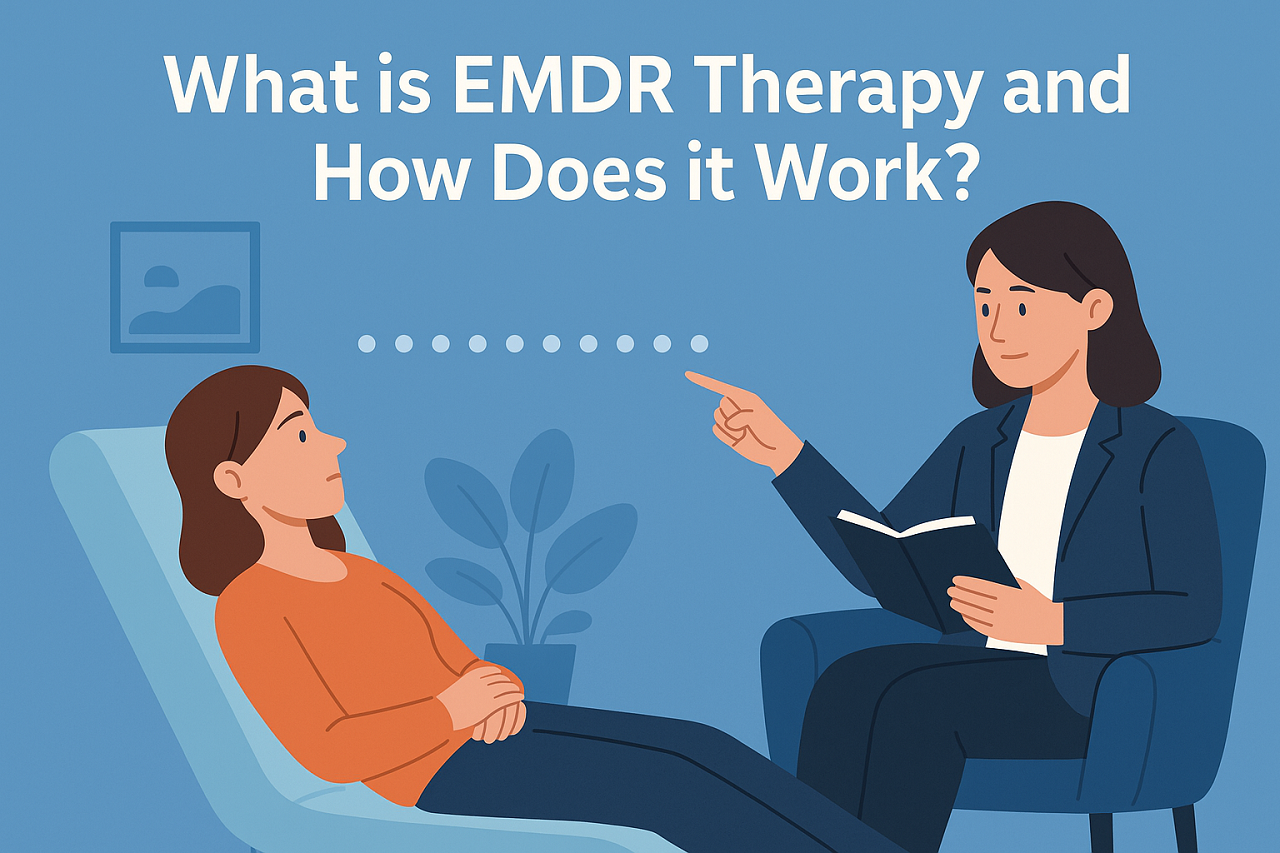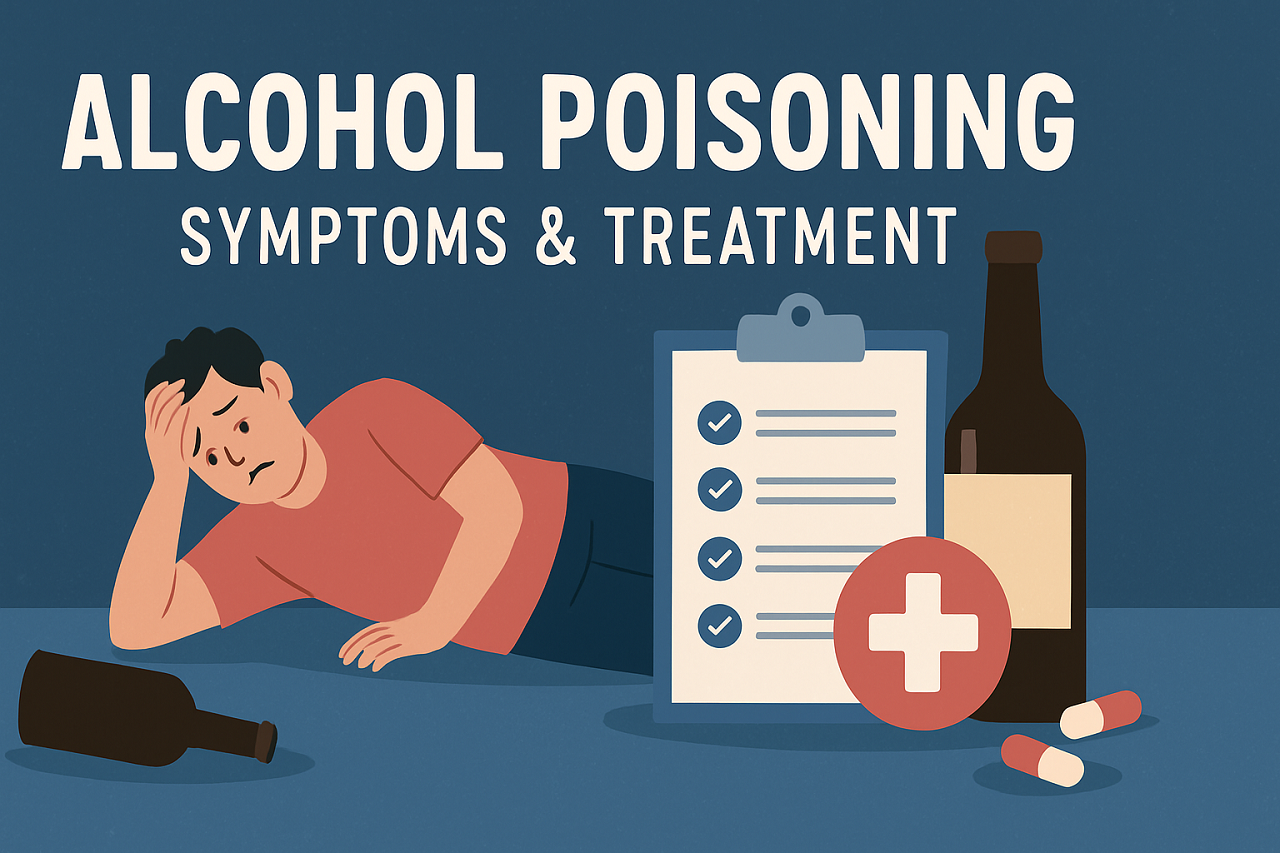Having a dissociative identity disorder (DID) can be extremely difficult not only to the personality who has to endure it, but also to the loved ones who desire to help. Knowledge of what dissociative identity disorder means and the type of assistance one provides can easily make a difference in the recovery process of another person, regardless of whether you are a family member, close friend or care giver. This article will make you realize what is the dissociative identity disorder, its symptoms, causes, treatment, and how in practice you can assist a person with this disorder DID.
What is Dissociative Identity Disorder?
DID or multiple personality disorder is a challenging mental health disorder that can be now referred to as Dissociative Identity Disorder. Dissociative identity disorder has its meaning in the fact that it is associated with two or more distinct identities or states of personality which dictate the behavior of a particular person at different times. Such alters can be named, have voices, have behaviors, and even have memories.
DID normally emerges as a survival technique to extreme trauma, usually in the early childhood life. To avoid the crippling pressures or maltreatment, the mind responds by dissociating to create a discontinuous identity.
What Causes Dissociative Identity Disorder?
Though the causes of DID may vary, according to some studies, DID is closely related to trauma. The commonest causes are:
- Extreme childhood trauma Continuous abuse, neglect or violence.
- Constant stress/ fear – Living in hazardous or insecure conditions.
- Equal disturbances in attachment – Lack of emotional support of the young children during the first stages of their development by the caregivers.
Basically, DID is the defense mechanism that is employed by the mind to defend against unbearable pain.
Symptoms of Dissociative Identity Disorder
The identification of the signs of dissociative identity disorder may assist in giving the correct support and treatment.
Common symptoms include:
- Existence of two or more identities/ personality states.
- Loss or blackout of time (memory gaps).
- Being disconnected with the body (depersonalization).
- Loss of contact with reality or environment (derealization).
- There are sudden changes in mood, behaviour or voice.
- Problem in sustaining relationships or job.
- Fear, hopelessness or suicidal ideation.
Such symptoms of dissociative identity disorders may differ in severity and become even more serious with stress.
Dissociative Identity Disorder Treatments
In case you are assisting a DID person, it is imperative to promote professional assistance. The treatment is aimed at minimizing symptoms, enhancing the daily functioning, and the integration of various identities. In general, common treatment of dissociative identity disorder is:
1.Psychotherapy for Dissociative Identity Disorder
- The best form of treatment is psychotherapy.
- The therapist assists the individual work through trauma processing, diminish the severity of dissociation, and enhance the communication between various alters.
- Some of the techniques can comprise trauma-focused therapy, cognitive-behavioral therapy (CBT) and dialectical behavior therapy (DBT).
2.Dissociative Identity Disorder Therapies
- Psychotherapy is commonly used together with hypnotherapy, Eye Movement Desensitization and Reprocessing (EMDR) and creative therapies (art or music therapy).
- These treatments assist people to cope with traumatic memories and develop coping mechanisms.
3.Medication
- Although there is no direct DID medication, antidepressants or anti-anxiety drugs may be prescribed by the doctors to treat related symptoms.
4. Supportive Care
- Setting of routines, provision of safe environments and constant support of the family members and friends.
How to Support Someone with Dissociative Identity Disorder
Caring for a loved one with DID takes patience, understanding and a lot of insight into his/her condition. These are some of the practical ways you can assist:
1. Educate Yourself
Get familiar with the definition of dissociative identity disorder, its symptoms and management. Knowing about the condition gives you the ability to act without judging the person but with empathy.
2. Be Patient and Non-Judgmental
DID patients might change between identities at any moment. Do not respond in frustration or unbelief. Rather, be tolerant and accepting.
3. Encourage Professional Treatment
Lightly coerce your loved one into therapy. The most appropriate approach to dealing with trauma and enhancing recovery is professional psychotherapy of dissociative identity disorder.
4. Create a Safe and Stable Environment
Stability and uniformity is essential to DID sufferers. They can be made to feel safe by setting up of routines and avoiding triggers of stress.
5. Respect Boundaries
Not all people are prepared to talk about the trauma or identities. Cherish their limits and do not show signs of coercing them to tell when they are not ready.
6. Support Their Treatment Plan
Volunteer to accompany them in therapy sessions in case they feel comfortable and remind them on appointments or at times, assist them with their daily tasks when symptoms overwhelm them.
7. Encourage Grounding Techniques
Assist your loved one in grounding exercises to help lessen dissociation at times of stress-deep breathing, mindfulness, or sensory activity.
8. Take Care of Yourself
Caring to a DID patient can be stressful. You should find support yourself by way of therapy, support groups or self-care activities.
Breaking the Stigma Around Dissociative Identity Disorder
The issue of stigma associated with DID is one of the biggest obstacles to its people. Such misrepresentations of movies and media tend to depict DID in a wrong manner resulting in misconceptions and fear. Through self and other education, you can assist in breaking the stigma and provide a more supportive atmosphere to your loved one.
Final Thoughts
The first step in helping someone with dissociative identity disorder is to understand what is this condition and ways it can be treated. Keep in mind, DID is not a preference- it is a defense mechanism to trauma. Those who have DID can be cured and integrated with compassion, patience, and professional care.
In case you or a loved one has DID or any other mental health condition, you need to see a professional.
Get Professional Help Today
This is precisely the situation in Florida Atlantic Coast Treatment Solutions where we provide evidence-based and loving care to the victims with trauma-related disorders including Dissociative Identity Disorder. Our team of expert mental health practitioners offers personalized healing of dissociative identity disorder to help recovery and lasting healing.
Give us a call now at (844) 643-2287 and speak with our caring team and see how we can help.
FAQs About Dissociative Identity Disorder
What are 5 signs of dissociative identity?
There are five typical symptoms: memory lapses, abrupt behavior or mood swings, loss of contact with reality, multiple identities and loss of time.
Can people with DID have a normal life?
Yes, people with DID can lead a normal life, have relationships and careers with proper treatment, support and coping mechanisms.
What triggers dissociative identity disorder?
Some of the triggers can be reminders of past traumatic experiences, stress, and unsafe environments or emotional conflicts that force an individual to dissociate in a bid to cope with the situation.
Do dissociative disorders go away?
DID does not necessarily go away, though the symptoms can be treated successfully through the psychotherapy and other therapies. Several people have reported changes to be very positive and stable with time.
What not to say to someone with DID?
Do not say such things as: You are making it up, You are just attention seeking, or Switching identities is not real. This kind of remarks can negate their experience and make them feel even more unhappy. Rather, be an empathetic listener and attest to their emotions.


